 how to calculate Average TPR, TNR, FPR, FNR in case of imbalanced dataset?
how to calculate Average TPR, TNR, FPR, FNR in case of imbalanced dataset?
example FPR: [3.54224720e-04 0.00000000e+00 1.59383505e-05 0.00000000e+00] So, can I calculate to sum of 4 class and divided by 4?
TPR :[3.54224720e-04 + 0.00000000e+00 + 1.59383505e-05 + 0.00000000e+00]/4 = 0.99966 ?
And how to calculate 3.54224720e-04 it is equal .000354224720 ?
Thank you
FP = np.sum(matrix, axis=0) - np.diag(matrix)
FN = np.sum(matrix, axis=1) - np.diag(matrix)
TP = np.diag(matrix)
TN = np.sum(matrix) - (FP + FN + TP)
# True Positive rate
TPR = TP/(TP+FN)
print("TPR:", TPR)
# True Negative Rate
TNR = TN/(TN+FP)
print("TNR:", TNR)
# False Positive Rate
FPR = FP/(FP+TN)
print("FPR:", FPR)
# False Negative Rate
FNR = FN/(TP+FN)
print("FNR:", FNR)
# Overall accuracy
ACC = (TP+TN)/(TP+FP+FN+TN)
print("ACC :", ACC)
